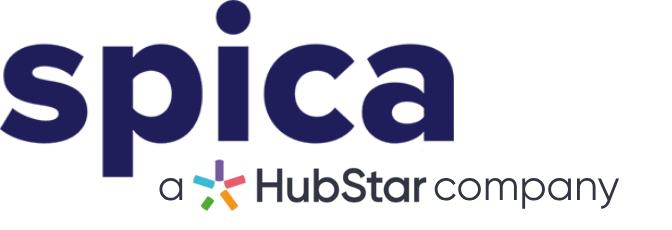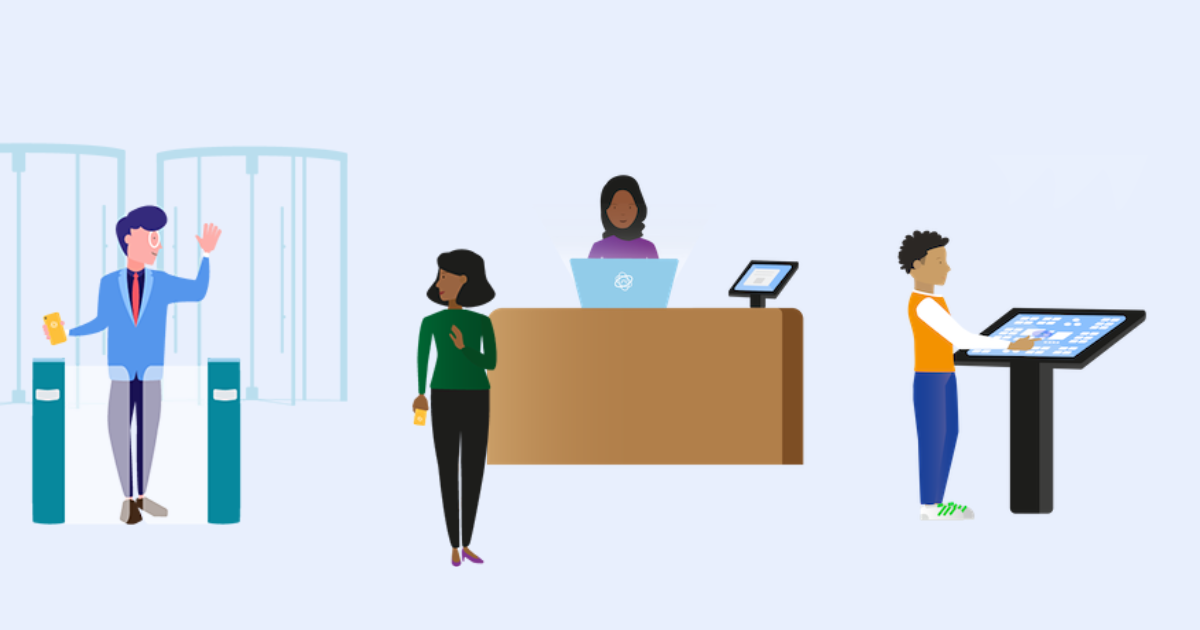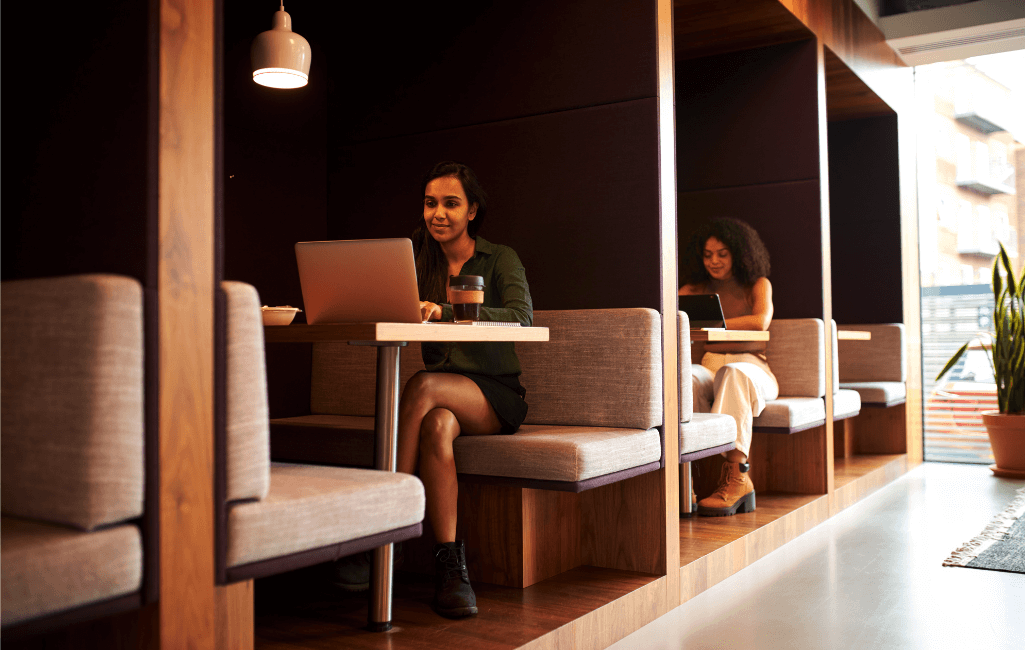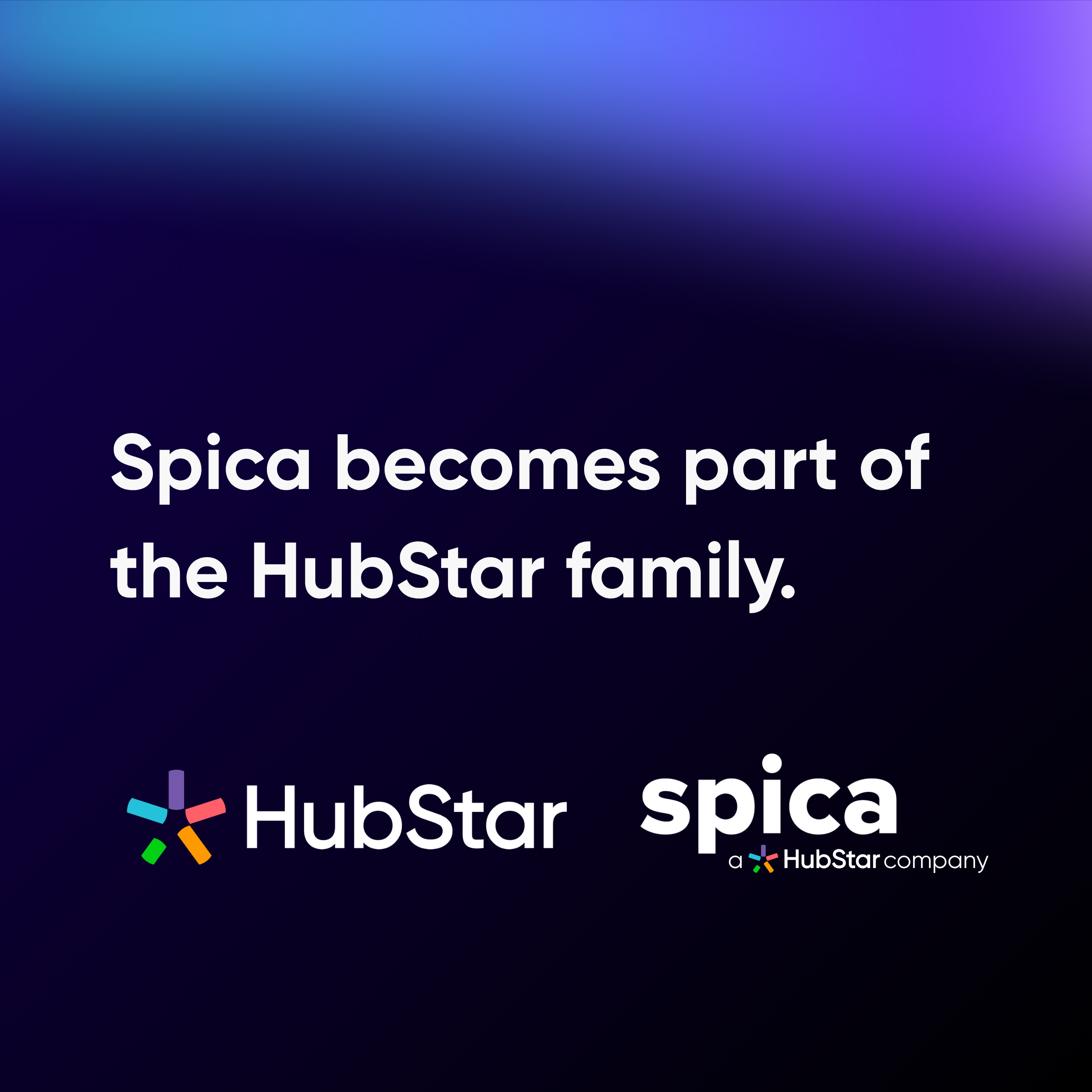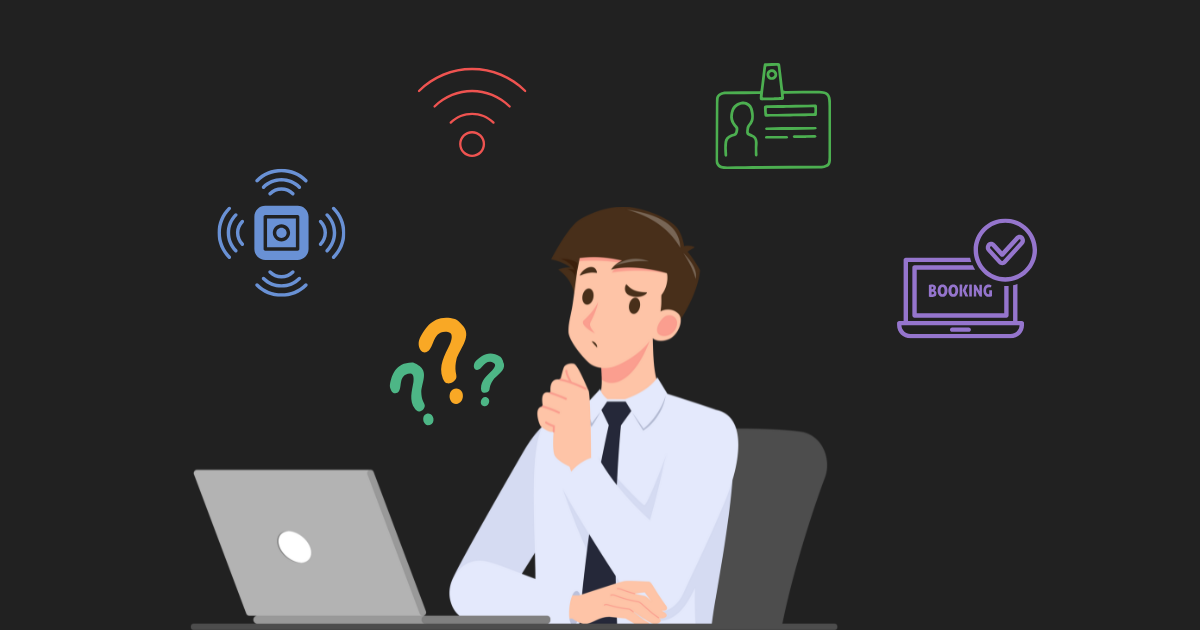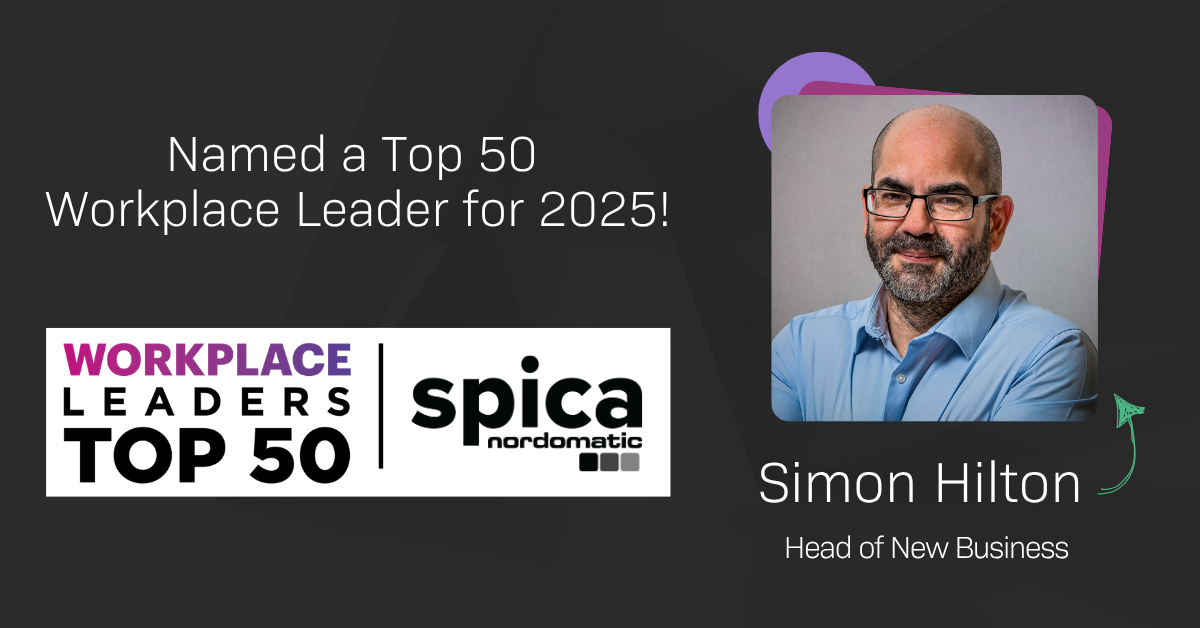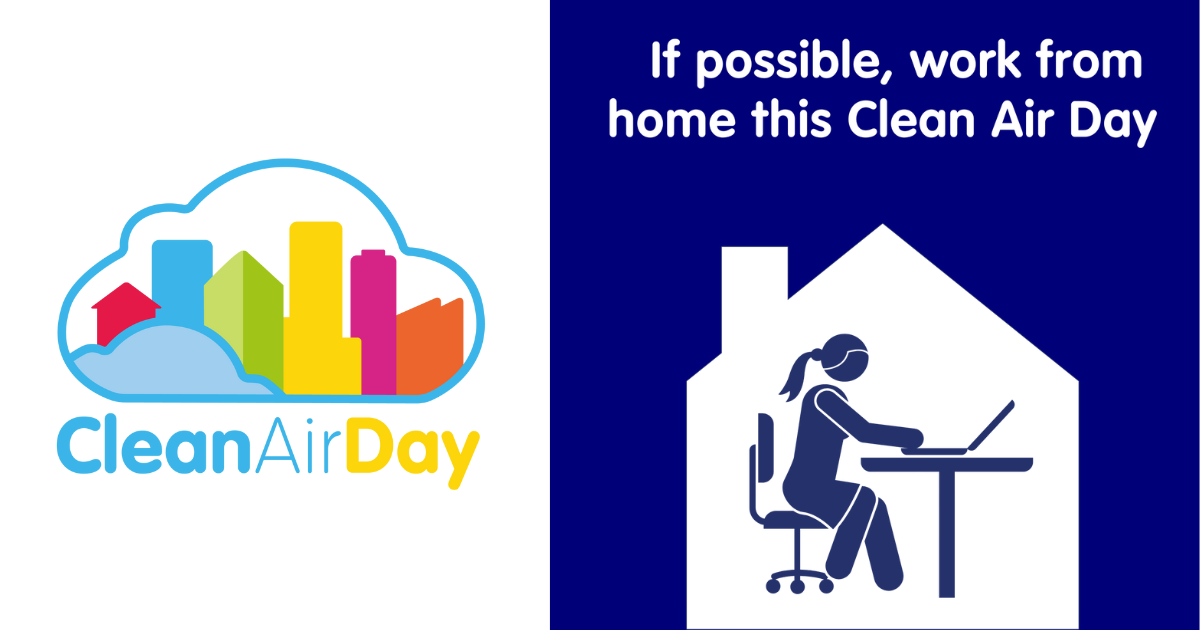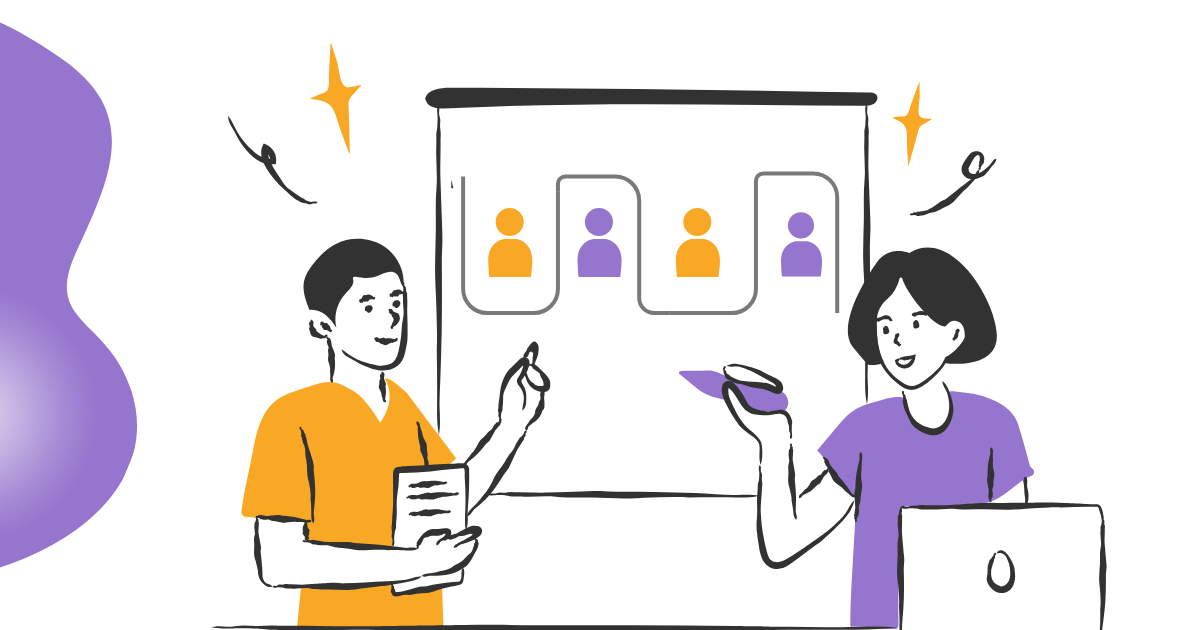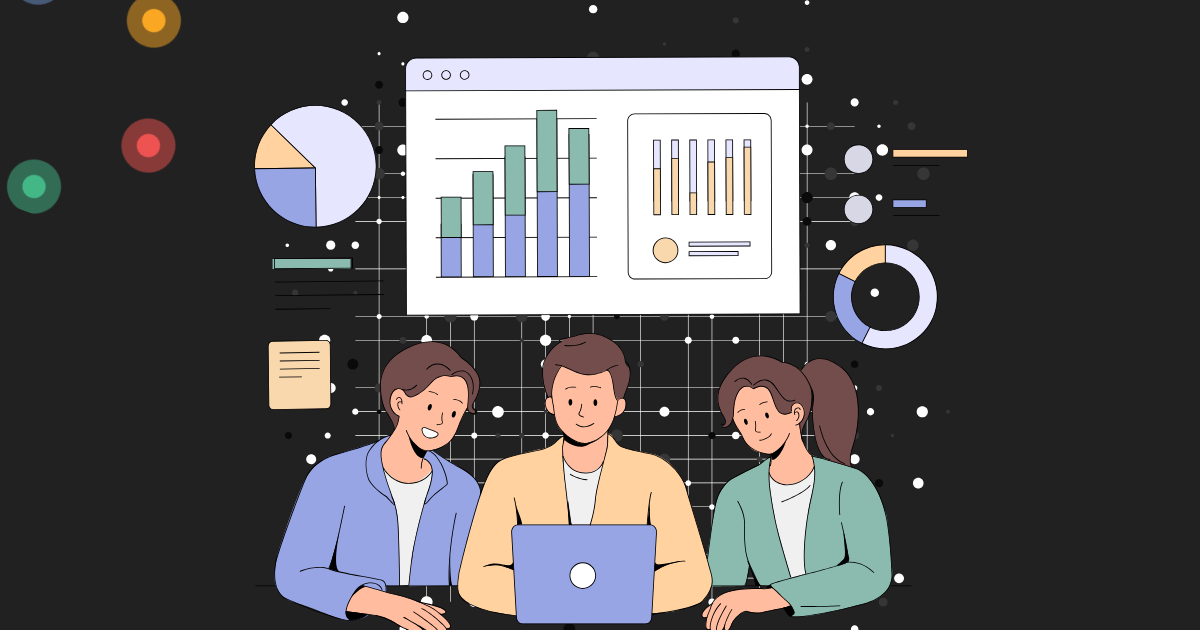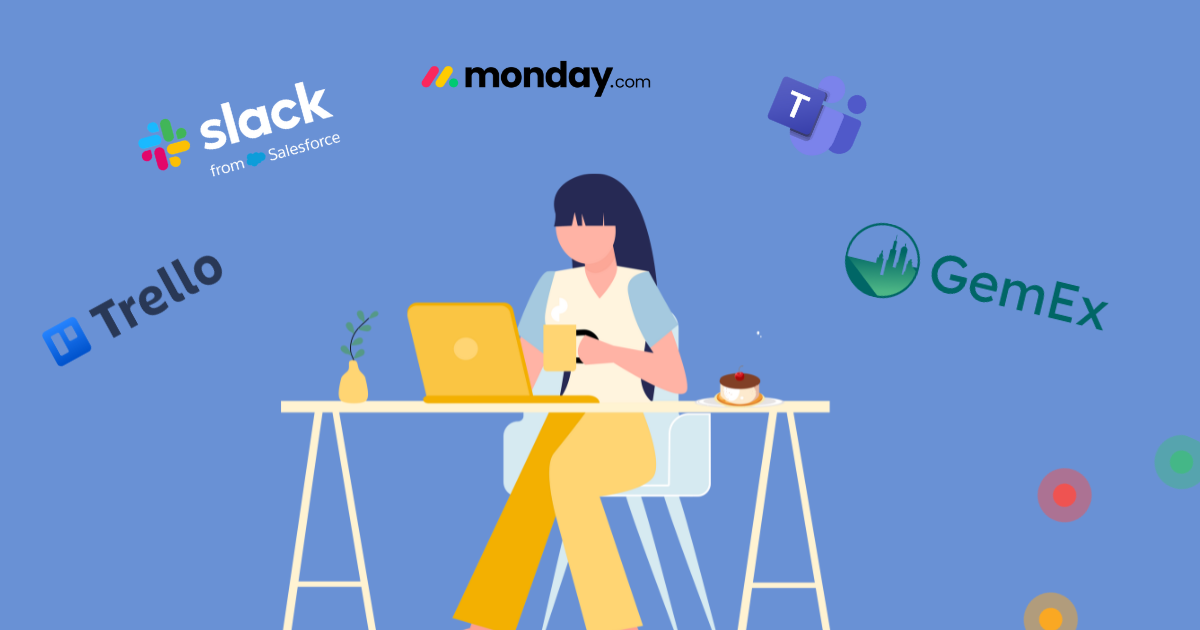Are you working on your return to work strategy? First off we know the workplace will never be the same. You will have heard some variation of how employees and employers are figuring out what the ‘new normal’ is. It’s become a cliché because it’s true. Figuring out how to stay safe, adhere to guidelines and maintain a productive schedule are all priorities for every company. Large scale organisations have to add staff volume to the equation, making careful planning and management essential to protect your staff and business.
Employees and managers have had to navigate a plethora of obstacles. From getting the home office set up with the right equipment to balancing childcare duties and maintaining their mental wellbeing. Yet where there are challenges there can be solutions.
Tap the role that closely resembles your own to see how tech can aid your back to work plan.
Corporate Real Estate Analyst
1. Reassure occupants with digitally aided cleaning
Your team want people back using facilities but in a safe and sensible fashion. It’s probably no surprise to you that 49% of workers biggest concern is the maintenance of social distancing and hygiene/cleaning standards of the office.
Reassure building users by taking advantage of digitally aided cleaning tech. With the help of motion sensors, integrated software and mobile apps cleaning teams can be notified when space is used, vacated and is ready to be sanitised. With Spica’s Smart Cleaning perspective you get all this and can access history reports for evidence and future planning.
2. Get info from Space Occupancy Analytics
Keep that safe and sensible methodology in mind by knowing how often your corporate spaces are being used. This gives you the right information to make informed decisions on managing your real estate investment portfolio. A workplace management platform can collect and generate analytics on your buildings, individual floors, rooms or workspaces.
Short term goals will be to effectively manage space during the pandemic. Looking to the future your long-term goals will be about making the workplace a destination of choice. Attract workers back with well managed corporate spaces for face-to-face collaboration and activity-based working areas with the best equipment to use. Monitoring these spaces through sensors allow for real-time data reporting that can show long-term trends.
3. Get value from your office digital twin
Making the office a destination of choice requires knowing what space you have to work with and what you want it to be. A digital twin is spatially accurate digital replica of your office space. Use this to analyse your floor space and see what capacity will be allowed under social distancing guidelines and mark blocked and available workspaces.
Looking to the future, you can use your office digital twin alongside your space occupancy analytics to create the right type of workspaces for your employees. Perhaps more areas for collaboration are needed or quiet corners for focused work. The tech you need to make that happen are available now. Learn more about the Workspace perspective.
4. Provide the optimal working environment
Corporate spaces that value occupant experience and employee wellbeing can attract the best talent. Data can be collected from a variety of sensor types including Passive InfraRed (PIR), CO2, Noise, Temperature, Humidity, Volatile Organic Compounds (VOC) and PM2.5 for air quality can give actionable data. In a post-pandemic world, health conscious environments will still be necessary. Whether that be CO2 and humidity levels effect on productivity or fighting flu season. Did you know, lowering transmission of viruses in indoor spaces can be influenced by temperature and humidity, in short cold dry conditions increase the likelihood of transmission.
Facilities Manager
1. Measure Space Occupancy
Real-time data is a game changer, now your team can know at a glance how many people are in the building and on a particular floor. Motion sensors combined with a powerful data processing workplace management software tool make this possible. Your team can monitor levels live and set alerts to be sent over email or SMS so that potential breaches can be managed efficiently. The possibilities don’t stop there, using this in conjunction with workspace planning and desk hoteling (employees check-in and check-out of their desk space) means your team can manage the flow of building visitors and staff and avoid areas of congestion.
These tools are also applicable to the workplace during and post-pandemic as your team will need to remain compliant with fire safety building regulations now and for the foreseeable future.
2. Digitally Aided Services
Sensors and data are only parts of the equation. Once you have the data it’s time to respond. Set alarms and notifications for occupant levels, alert cleaning teams on used spaces for demand-based cleaning or notify staff on busy canteen times so they can avoid the crowds. Once your corporate space is configured, the automated system will allow your team to enhance operational efficiency and make running your building smoother.
As well as digitally aided cleaning and occupancy management, security is another possible use case. The right IWMS software and sensors give you the capability to monitor any activity on windows or doors and when combined with a space occupancy monitoring the system can detect people in the building out of hours or in restricted areas. Security staff can use these real-time views and alerts to ensure different areas of the building are secure, investigate any potential access breaches and support staff working in the building out of hours.
Use role-based area access, by integrating with an access control system with the Employee Experience App Luna, you can allow certain teams into secure areas with Access Control. This has the added benefit of supporting a touchless workplace experience.
3. Asset Booking
I mentioned desk hoteling earlier, but this can be expanded on with advanced software and mobile applications that can allow for whatever type of asset booking your team requires. Meeting rooms, car spaces, equipment, shower facilities are all possible spaces and items that staff, and visitors may want to book.
Using this digital check-in, check-out method alongside Smart Cleaning means staff can be alerted immediately after spaces have been vacated for effective sanitisation scheduling. With Employee Experience Apps like Luna scheduling the space is automatically processed by the system and employee freeing up the time for Facilities teams to focus on other important areas.
4. Digital Reports
Prove the return on investment for your team and process changes with data reporting. Use a data-driven approach to pass through the gates for each phase, ensuring the safety and wellbeing of your workplace as you reopen.
Reassure employees and the wider business on the success and impact of changes and the efforts in place to protect them. For digitally innovative facilities teams you can increase service visibility to both business management and employees for real-time reassurance and contract reporting. The safety and wellbeing of your building occupants will always be a priority for your team, with tech your team can be at the forefront of the digital workplace revolution.
HR Manager
1. Phased office re-entry
HR professionals have a mountain to climb in the current climate navigating individual employee’s needs, bringing back furloughed staff and supporting those who want or need to return to the office. Your team will be working to ensure that actions taken to reintegrate employees are essential, safe and mutually agreed. Where can technology help?
Supporting staff to make the choice of working from home or the office through desk and meeting room booking makes sense from both sides. Allowing employees to book their desk in advance will reduce workspace density and facilitate social distancing. Through the use of a digital twin managers can map out office spaces, strategically block particular desks and monitor desk and space usage for future planning and move management.
2. Digitally enhanced sanitisation
Managing the concerns of remote workers alongside those returning to the workplace can benefit from an investment in tech. 49% of workers biggest concern is the maintenance of social distancing and hygiene/cleaning standards of the office.
Reassure staff with demand-based efficient workplace sanitisation. Software solutions such as Smart Cleaning, managed by facilities teams, can alert them on used spaces for efficient cleaning schedules. Reporting and audit history help evidence to management and all employees how the organisation is keeping staff safe.
3. Data-driven healthy and productive office
HR is no longer an onboarding/offboarding conveyor belt. Today HR teams play vital roles in encouraging employee engagement and maximising productivity. Long-term, the office will benefit from monitoring indoor environment quality (IEQ) levels of temperature, humidity, CO2, noise and light levels.
You may already have an idea on how noise and light levels influence productivity, but did you know about the effect of carbon dioxide? Numerous studies have found that high carbon dioxide levels negatively effects productivity. In a study by EMCOR UK, who utilised Spica’s GemEx Engine® platform, found that people worked 60% faster in lower CO2 concentrations. Facilities teams can monitor IEQ levels through platforms like GemEx but HR has a vested interest in the results.
4. Location specific employee communications
Keeping staff informed on the changes to workplace rules and workspace availability is crucial for a safe return to work. HR Managers can use the content module of an employee app such as GemEx to publish content to employees based on their real-world location, building floor, room or even desk space. Secure user access to the content module will be available for content creators and reviewers.
As well as location specific content the GemEx Engine® workplace management platform features TV mode displays. Keep employees informed with real-time office occupancy levels or if washrooms are occupied and crowded areas which should be avoided. Keeping employees in the know will always be a benefit well into the future.
Employee
1. Flexi-work strategy
For a long time, flexible working was centred around a mild adjustment in hours to perhaps make the school run easier. In a post-vaccine world flexible working will see employees empowered to decide on their working location to suit them.
As we settle into flexi-work long-term there will be times when you need face to face collaboration or a quiet place to focus and the office is available to book. That’s where desk booking, or desk hoteling through a convenient mobile employee experience app come in. So management can plan socially distanced workstations that are safe and sanitised and make them available for you to book.
2. Auto cleaning your workstation
Knowing that when you decide to use a desk at the office it is effectively sanitised, should be standard practice. With digital alerts triggering by occupant sensors, cleaning staff can sanitise just vacated spaces ready for future use.
Reporting on cleaning schedules can be reviewed and updated when using a management platform such as the Smart Cleaning.
3. Healthy office experiences
Understandably right now we are all concerned about staying safe and avoiding possible virus transmission. Alongside social distancing, monitoring of humidity and temperature can aid in lowering transmissions of flu viruses. Once a vaccine is widely available companies can keep putting their employees first. Ensuring good air quality alongside noise, light and CO2 levels for a healthy office environment.
4. Scheduling your day
Booking a desk isn’t the only way you can ensure you future workday goes right. Booking through an app you can book a meeting room, equipment, parking spaces, shower facilities and more.
So when you do visit the office from now on you want it to be worth the commute. By planning out your day and securing what you need in advance you can make your workday simpler and safer.

